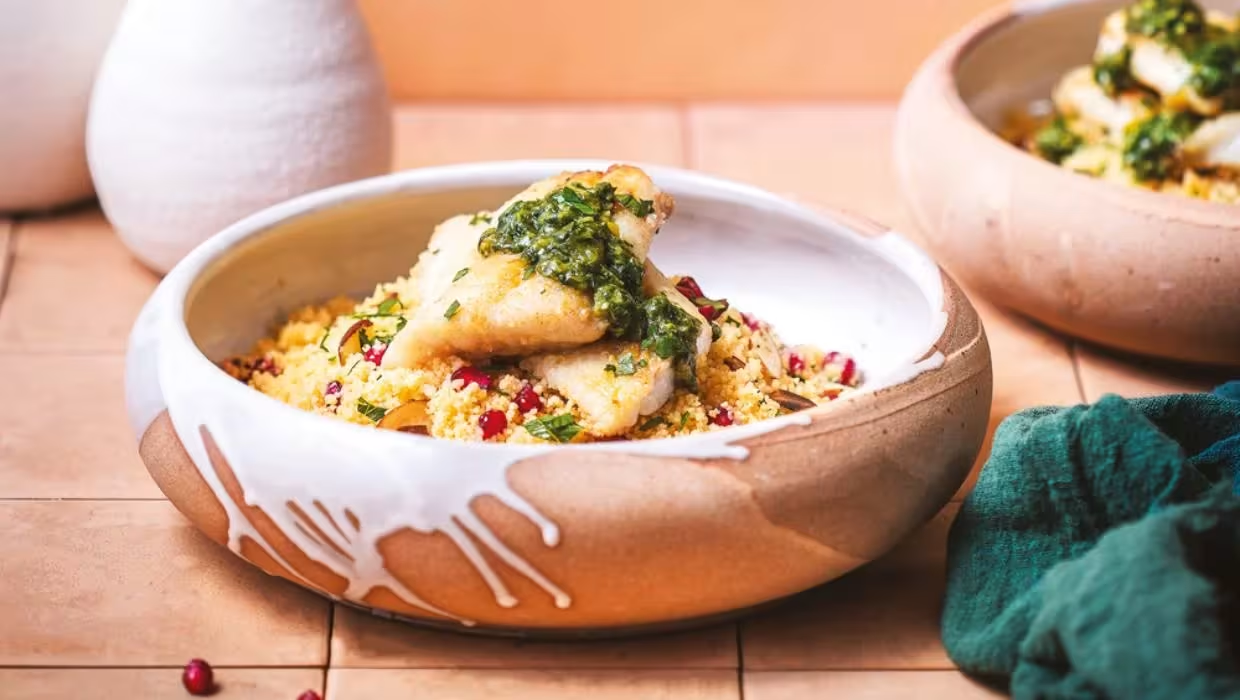
Delicious Tarakihi Recipe: A Flavorful Journey to the Sea
Written by Jessica Lopez
Published at 16-10-2023
Edited on 04/08/2025 | 03:38 AM
Seafood RecipesCourse: Main Course
Cuisine: New Zealand
Difficulty: Easy
Servings
4 servings
Prep Time
15 minutes
Cooking Time
20 minutes
Total Time
35 minutes
Fat
10g
Protein
25g
Carbs
15g
Calories
300 kcal
If you're looking for a delectable seafood dish that showcases the best of ocean flavors, then look no further than this tarakihi recipe! Tarakihi, a popular fish in New Zealand, is praised for its mild taste and flaky texture, making it a versatile choice for a variety of culinary creations. With its delicate white flesh, this fish pairs beautifully with an array of ingredients, and it’s easy to prepare, making it perfect for both weeknight dinners and special occasions. In this recipe, we’ll guide you through a simple yet impressive way to cook tarakihi that will leave your taste buds dancing with joy. Imagine a dish where the fish is lightly pan-seared, resulting in a crispy exterior while maintaining its juicy interior.
You can serve it with a refreshing herb salad or a zesty citrus sauce, elevating the dish to new heights. Not only is tarakihi delicious, but it's also a nutritious choice, rich in omega-3 fatty acids and protein. Whether you’re a seasoned chef or just starting in the kitchen, this tarakihi recipe is easy to follow and perfect for anyone wanting to explore the wonderful world of seafood. So, roll up your sleeves and get ready to delight your family and friends with a meal that’s not just good for you, but also a joy to eat.
Let’s dive into the flavors of the sea with this scrumptious tarakihi recipe!.


